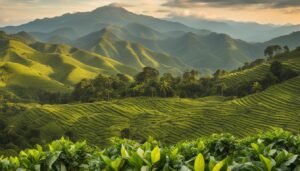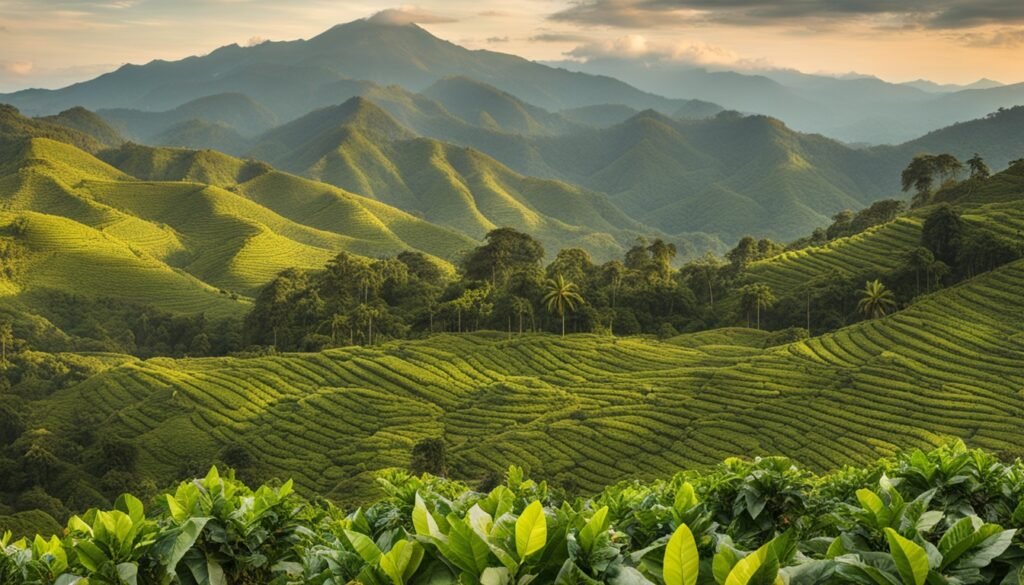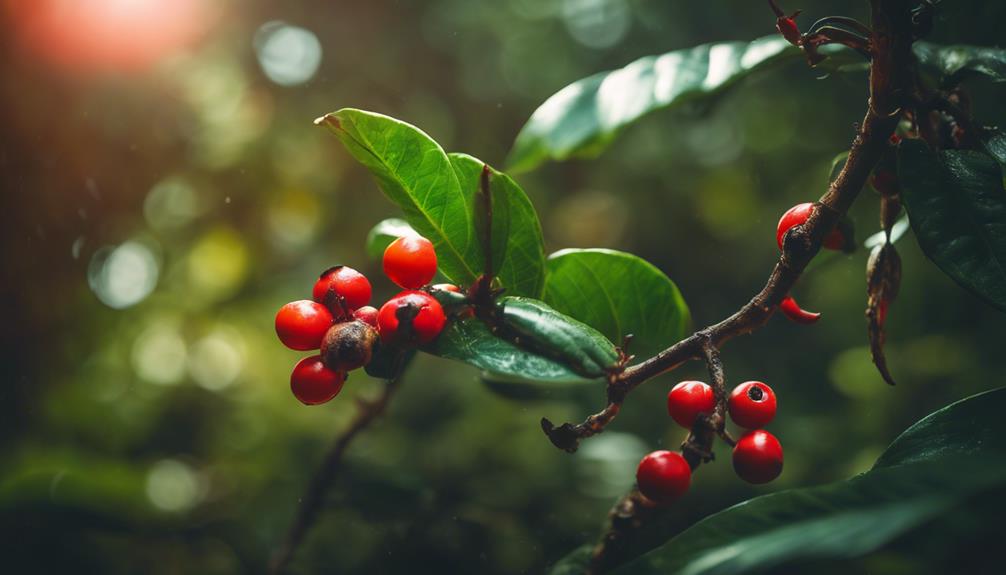The global coffee industry faces increasing threats from the climate crisis. Coffee thrives in specific conditions like moderate temperatures, consistent rainfall, and stable humidity levels. However, climate change disrupts these ideal circumstances with unpredictable weather patterns, changing climate zones, and extreme events such as hurricanes and droughts.
As temperatures rise, coffee plants suffer from heat stress, impacting their growth and leading to poor-quality beans and even plant death. Furthermore, climate change worsens existing challenges like water scarcity, soil erosion, and disruptions in the flowering and fruiting process.
To ensure the long-term sustainability of coffee production, it is crucial to implement sustainable practices and conservation efforts. By addressing these challenges, the global coffee industry can adapt to the changing climate and secure its future.
Ideal Coffee Growing Conditions
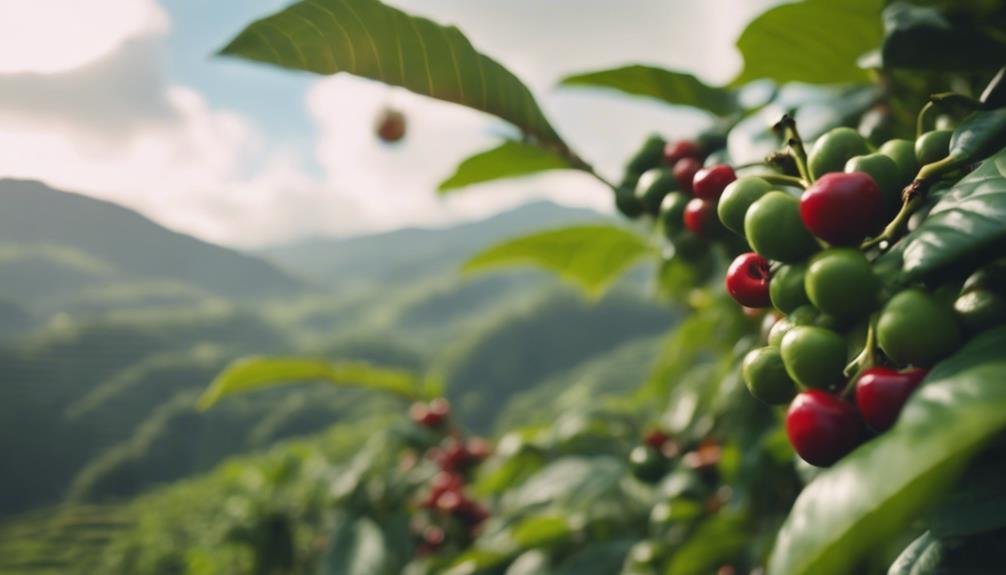
The ideal location for cultivating coffee depends on a delicate balance of specific climatic and environmental conditions. Coffee plants, especially Arabica, thrive best at elevations between 2,000 and 6,000 feet above sea level. These altitudes offer the necessary temperature range of 60-70°F, crucial for optimal growth.
Adequate rainfall, typically between 60 to 100 inches annually, ensures the plants receive the required moisture. Additionally, well-drained soil and sufficient shade protect coffee plants from excessive sunlight and support their healthy development.
Stable humidity levels are also vital to maintain the delicate balance necessary for successful coffee cultivation. These factors together create an environment where coffee plants can thrive, producing the high-quality beans beloved by communities worldwide.
Climate Change Impact on Coffee
Climate change presents a growing threat to coffee cultivation worldwide. The increasingly erratic weather patterns and rising temperatures disrupt the delicate balance necessary for healthy coffee plants.
Traditional coffee-growing regions are shifting climate zones, making them less optimal for cultivation. Extreme weather events like hurricanes, droughts, and heatwaves are on the rise, endangering crop yields and quality.
Moreover, the changing climate encourages the proliferation of pests and diseases, compounding the challenges faced by coffee farmers. Shifts in rainfall patterns can disrupt the flowering and fruiting cycles of coffee plants, leading to decreased productivity.
These combined factors jeopardize the sustainability of global coffee production, impacting both farmers and coffee lovers worldwide.
Rising Temperatures' Effects on Plants
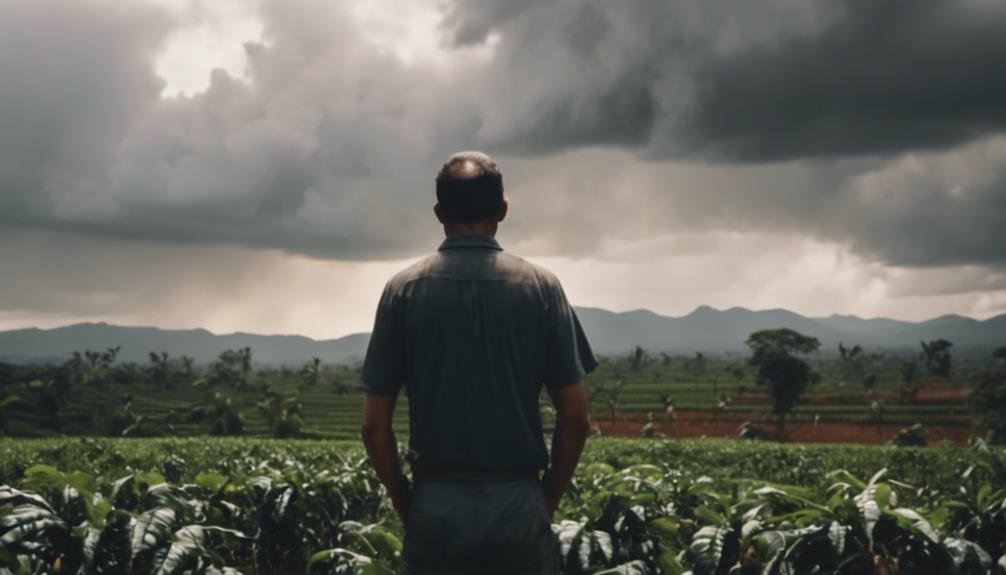
Rising temperatures pose a significant threat to coffee plants, affecting their ability to photosynthesize, develop beans, and ultimately yield a good harvest.
When temperatures exceed the optimal range of 60-70°F, coffee plants suffer from heat stress, which impairs their photosynthetic process, reducing the production of sugars needed for bean growth. This can result in underdeveloped beans, impacting both the quality and quantity of the harvest.
Moreover, high temperatures can lead to wilting, leaf loss, and even plant death, further decreasing yields. The shift in flavor of beans due to increased temperatures also poses a challenge to the industry.
These issues highlight the necessity for the coffee sector to adapt and adopt sustainable practices to safeguard this vital crop.
Challenges for Wild Coffee Plants
Wild coffee plants face a dual threat from rising temperatures and habitat loss due to deforestation and climate change. These factors disrupt the natural ecosystems crucial for the survival of wild coffee species, putting them at risk of extinction.
Preserving these plants is essential for maintaining genetic diversity, which is vital for breeding resilient coffee varieties capable of adapting to changing climates. Conservation efforts play a key role in safeguarding wild coffee species and their habitats, ensuring the long-term sustainability of the coffee industry.
Climate-Related Issues in Coffee Industry
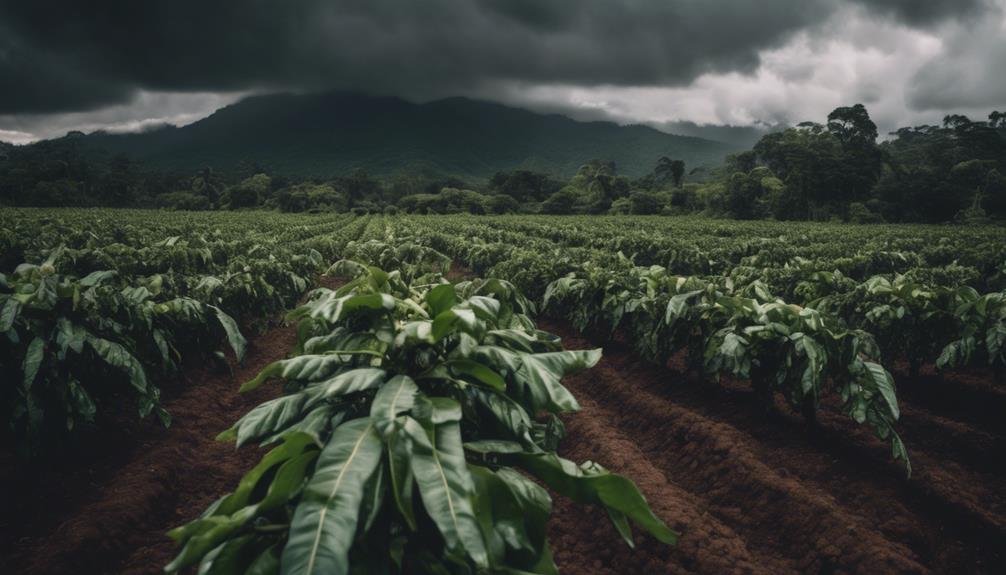
The coffee industry grapples with various climate-related challenges such as water scarcity, soil erosion, and shifting precipitation patterns, all of which pose threats to the stability and productivity of coffee plantations. Climate change compounds these issues, creating greater difficulties for farmers in maintaining optimal growing conditions.
Here are three significant impacts:
- Water Scarcity: Droughts and irregular rainfall put pressure on water resources crucial for the growth of coffee plants.
- Soil Erosion: Extreme weather events hasten soil degradation, diminishing the fertility and health of coffee plantations.
- Changing Precipitation Patterns: Disrupted rain cycles disturb the flowering and fruiting processes, leading to unpredictable yields.
Tackling these challenges necessitates united efforts, innovative agricultural techniques, and sustainable solutions to secure the future of coffee production.
Conclusion
The global coffee industry faces a critical threat from the ever-worsening impacts of climate change. Arabica coffee, known for its exquisite taste, is struggling to thrive in the face of rising temperatures, unpredictable weather patterns, and the spread of pests and diseases.
These challenges not only jeopardize the quality and quantity of coffee harvests but also put at risk the wild coffee plants crucial for genetic diversity. Urgent and sustainable actions are imperative to ensure the longevity of coffee production in the face of these daunting challenges.
In the words of a coffee farmer, 'Protecting our coffee crops means safeguarding a rich tradition and livelihood for generations to come.'


